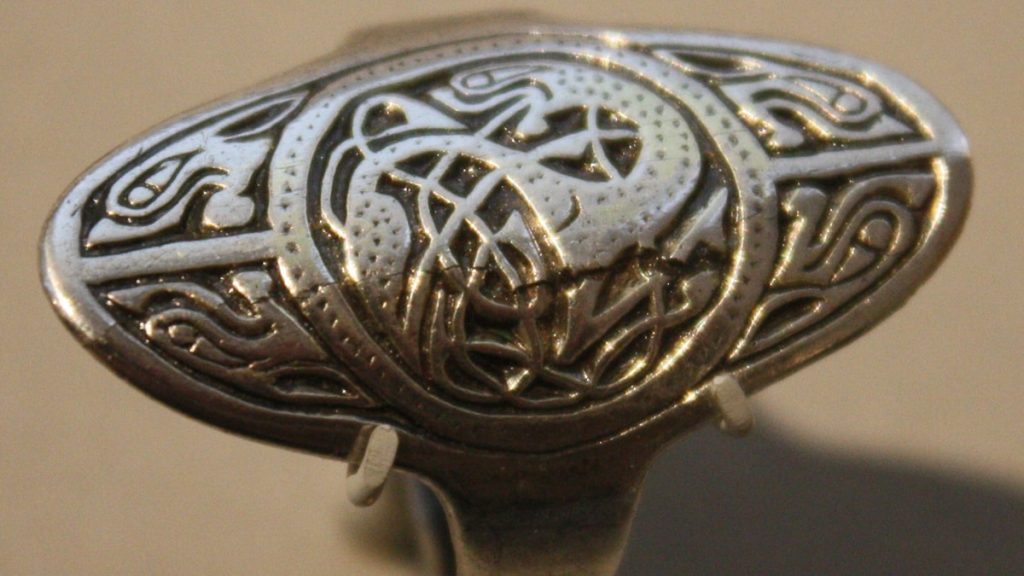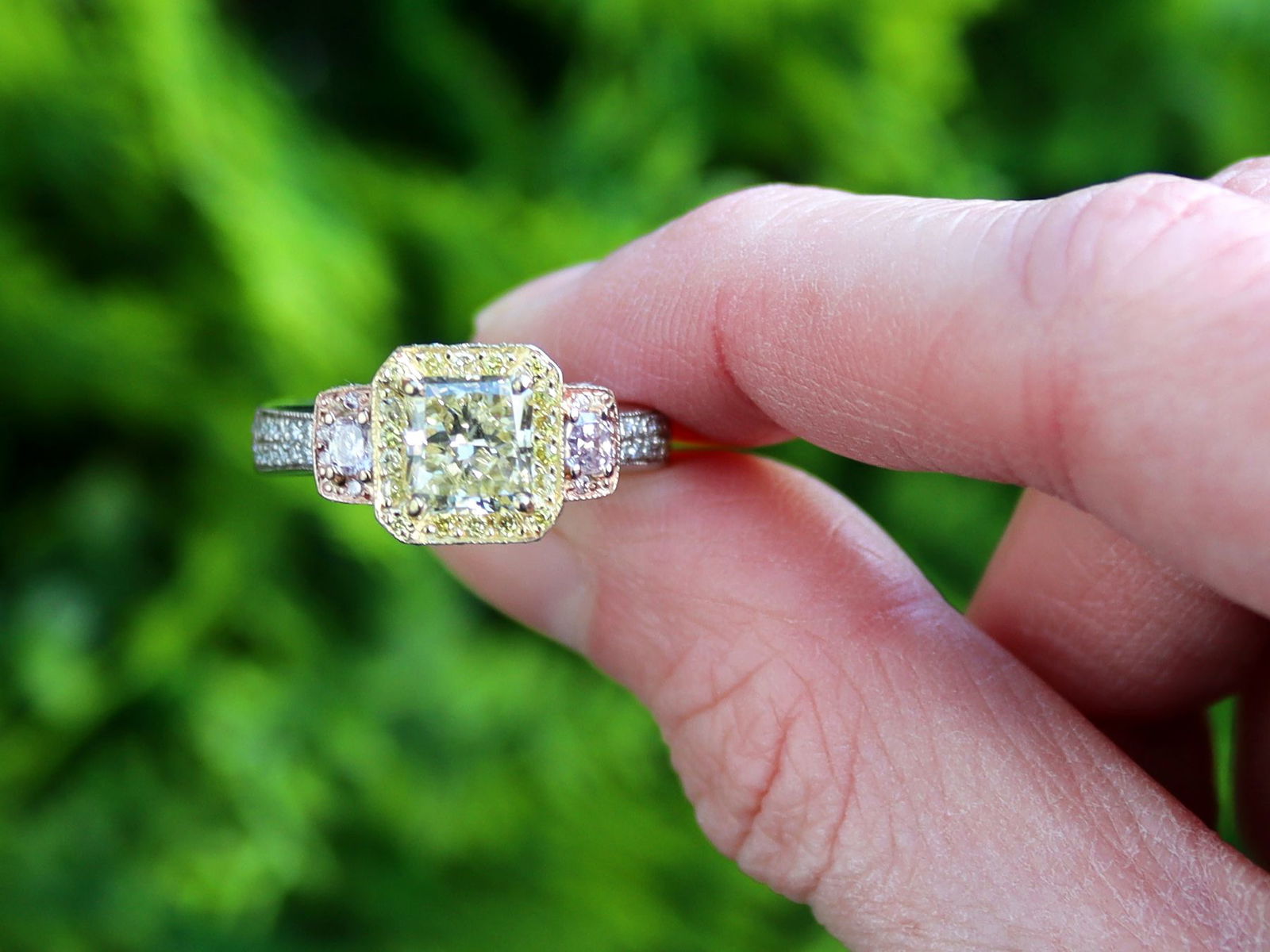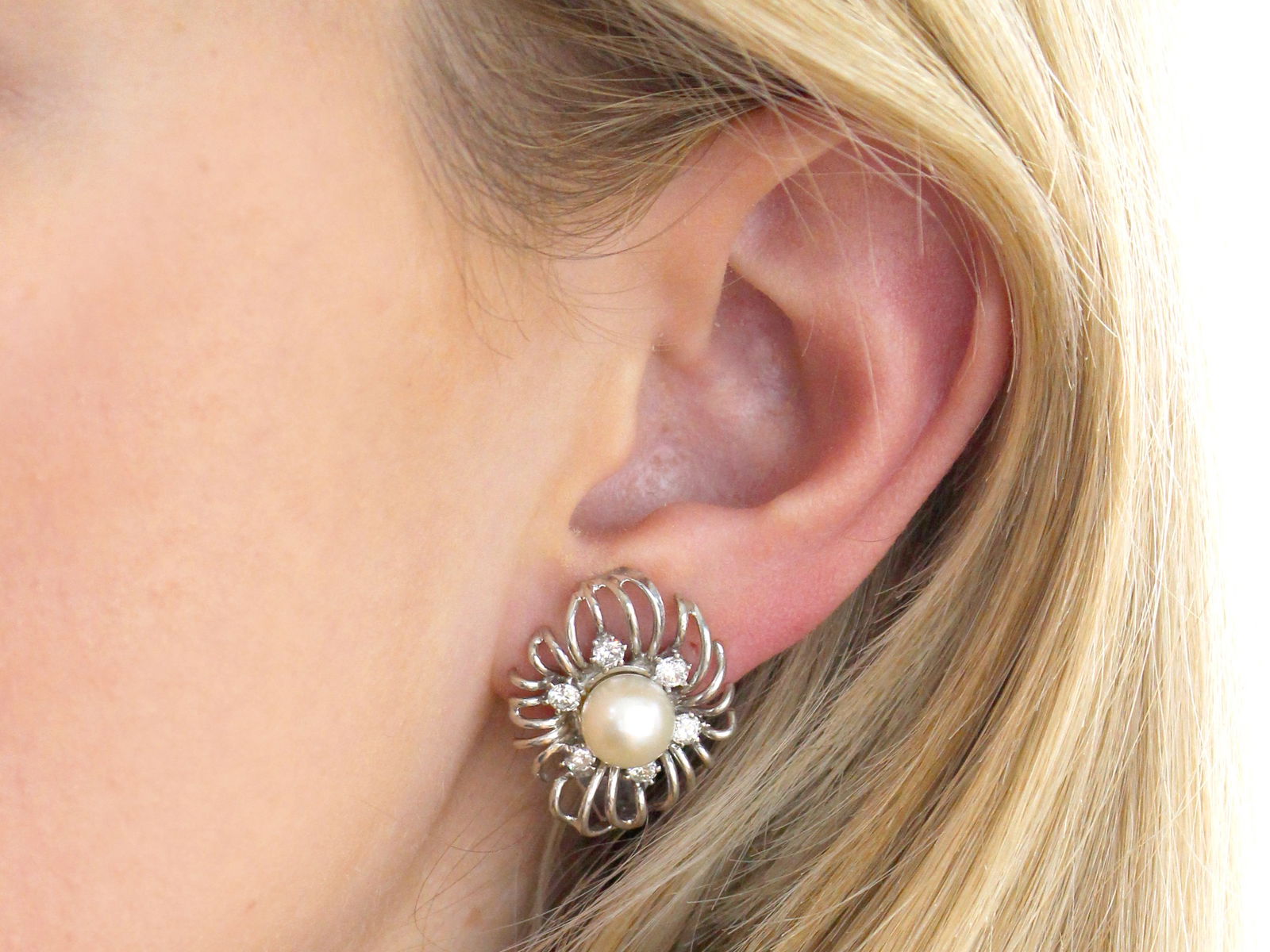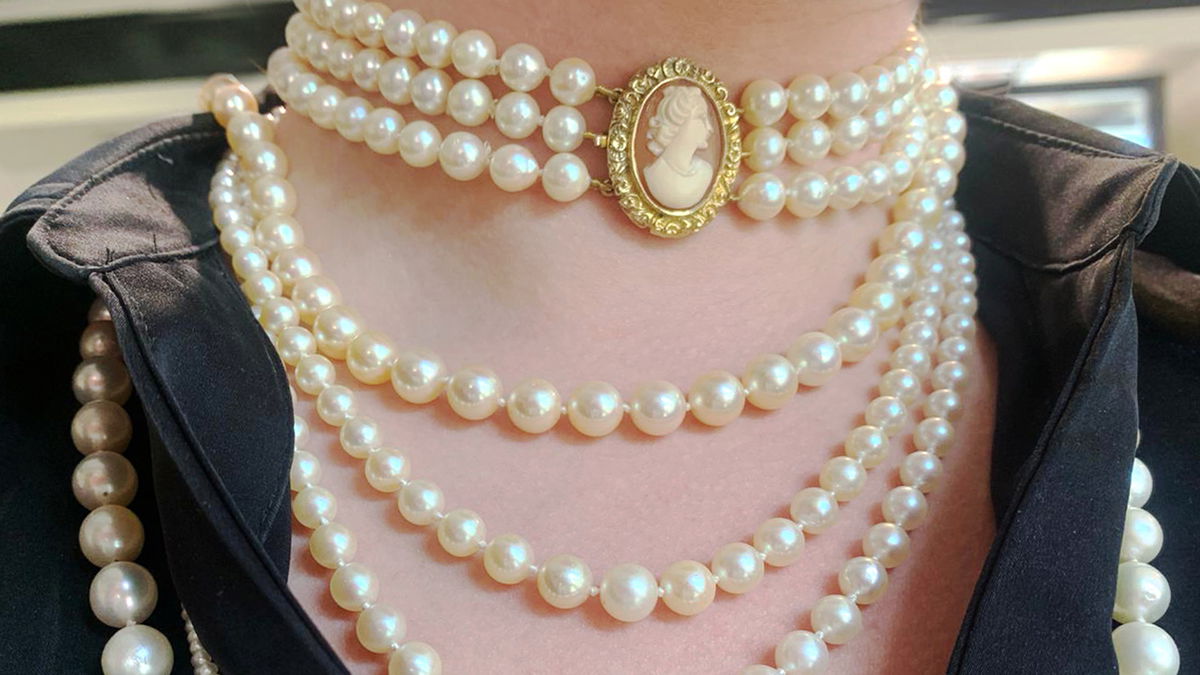Although known as the ‘Dark Ages’, you might be surprised to know that the Anglo-Saxon period was actually a time full of vibrant, eye-catching colours. Read on to find out more about the Anglo-Saxon period and their colourful style and jewellery.
Archaeological sites such as Sutton Hoo have given us an insight to the historical information of the Anglo-Saxon period. Sutton Hoo is the site of two 6th and 7th century cemeteries near Woodbridge, Suffolk. It first began to be excavated in 1939, and was found to contain many Anglo-Saxon wonders, including an undisturbed ship burial. This site, among others, has given us an interesting insight into the life of Anglo-Saxon people, their customs, and of course their jewellery.
Anglo Saxon jewellery had motifs and themes so strong and unique that jewellery is still crafted in the same styles today. As we already know, the custom of wearing jewellery originates far back in history. The ancient Egyptians and Romans, both adorned themselves in rich bejewelled ornamentation, and the Anglo Saxons were no different. Comprising of many Germanic tribes, the Anglo Saxons inhabited Britain from the 5th century. Their customs, designs, and jewellery took inspiration both from their Roman predecessors and from Germanic art.
Status
During this period, jewellery was worn in order to impress. Not only would people choose to wear jewellery for its bright colours, statement shapes, and intricate metalwork, but also for the status that came with it. Primarily, jewellery was a display of wealth rank within society thus it was therefore of the utmost importance that your jewels were impressive and eye-catching.
Various methods and materials were used to achieve this bright, eye-catching effect. Perhaps the most obvious way of showing off your wealth was gold, gold, and more gold. This precious metal was very high value and therefore demanded respect, with goldsmiths becoming highly revered members of society due to this. Apart from gold, silver was also a popular choice, alongside glass beads or gemstones such as amber or amethyst. Many Anglo-Saxon women of a high rank would have worn necklaces crafted in these materials to display their wealth.
Anglo Saxon Techniques
Many polychrome effects were harnessed to make colourful pieces. The inlay of precious stones such as garnet was common as were these other techniques:
Mock champlevé: A form of enamelwork in which hollows are made in a piece of metal and then filled with colourful enamel.
Lidded cloisonné: A method in which enamel is applied to a metal background and fired in raised cells.
Inlay effects: A way of fixing gemstones to jewellery by inserting them into specifically hollowed out spaces.
Filigree: Ornamental work of fine metals into delicate tracery.
Granulation in gold: A technique in which the surface of an item is covered in spherules or granules or gold.
Metal finishes were also important in Anglo Saxon jewellery. For example, gilding, silver plating and niello inlay (niello is a black mixture, usually of sulphur, copper, silver, and lead).
Anglo-Saxon Brooches
Brooches instantly come to mind when thinking about Anglo-Saxon jewellery. Unlike decorative brooches worn today, Anglo-Saxon’s used brooches both as ornament and as a practicality. Single brooches may have fastened a cape, whilst a pair of brooches would be worn on the shoulder, pinning up the fashionable tubular dresses of the time. The brooches also let women adjust their dresses as they pleased.
The early art style of the Anglo-Saxon period is identified as being dominated by ‘Style I’ and ‘Style II’. Popular in the late 5th and 6th centuries, both zoomorphic styles can be identified through their distinctive use of jumbled animal limb motifs in style fondly known as ‘animal salad’ by scholars. Initially thought to be an abstract style, Anglo-Saxon artifacts have since been decoded to identify multi-layered symbols. For example, a square-headed brooch found at a female grave on the isle of Wight has been ‘decoded’ by the Birish Museum to reveal a variety of jumbled animals engraved into the artefact. Revealing a mix of at least 24 animals, the brooch also displays a mix of human masks and hybrid god-like forms.
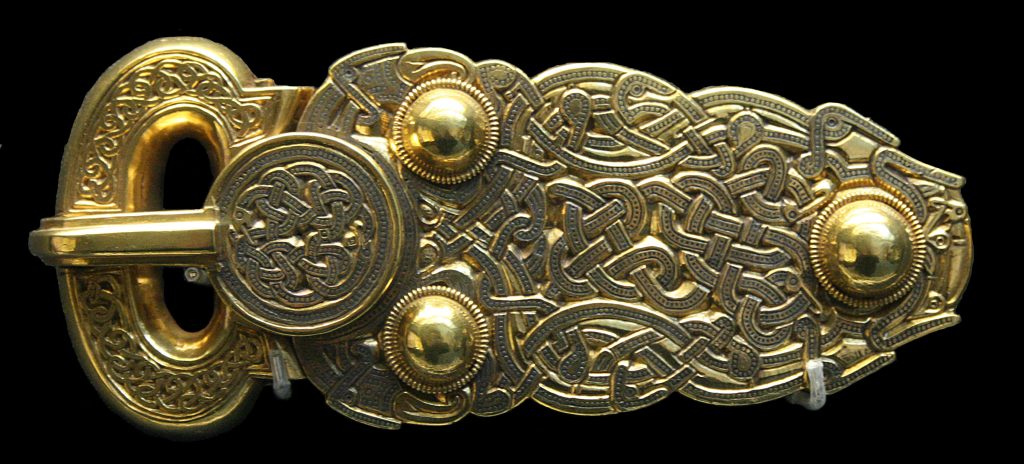
The Fuller Brooch, which is perhaps the most impressive piece found at Sutton Hoo, is decorated using a similar zoomorphic motif as well as the more refined Trewhiddle style, developed in later centuries.

Now housed in the British Museum, this impressive brooch was made in the 9th century, from hammered sheet metal in a circular, slightly convex shape. It was inlaid with niello and depicted motifs of the five senses. Whilst animal depictions were commonly used during this period, the theme of the senses is otherwise unknown in Anglo Saxon jewellery, which makes this piece all the more intriguing. ‘Sight’ is the dominate sense, taking centre stage with piercing, staring eyes. He is flanked by personifications of taste, smell, hearing and touch.

